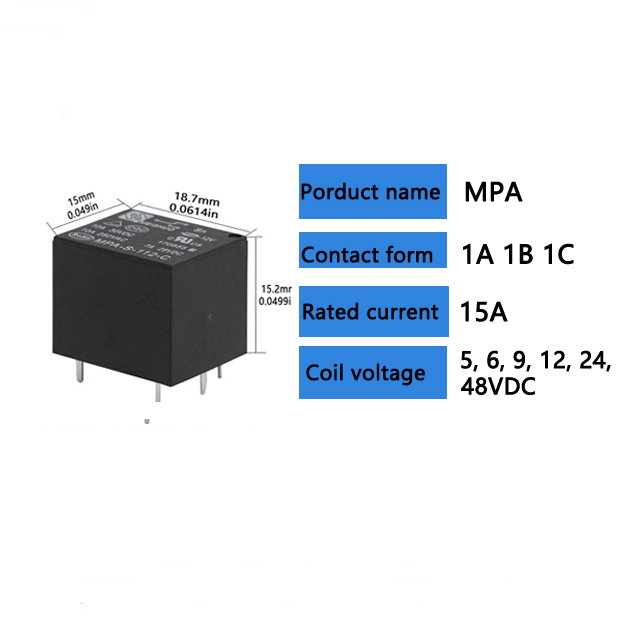Relay selection is an essential concept in modern wireless communication systems, particularly in multi-hop networks and cooperative communication. As wireless networks continue to evolve, ensuring optimal performance, reliability, and efficiency has become a significant challenge. One of the key techniques to address these challenges is relay selection, which plays a crucial role in improving the overall network performance. This article explores the concept of relay selection, its significance, and the factors influencing its implementation.

What is Relay Selection? In simple terms, relay selection refers to the process of choosing an optimal relay node to forward data from a source node to a destination node. In a wireless communication system, direct communication between the source and destination may not always be feasible due to various factors such as interference, obstacles, or signal degradation. Relay nodes, strategically placed between the source and destination, help forward the signal, thus improving network coverage and communication reliability. The process of selecting a relay involves evaluating various candidate nodes and choosing the one that offers the best performance in terms of signal quality, data transfer speed, and network resource utilization. Relay selection is often a part of multi-hop communication, where data is transmitted across multiple nodes before reaching its destination.